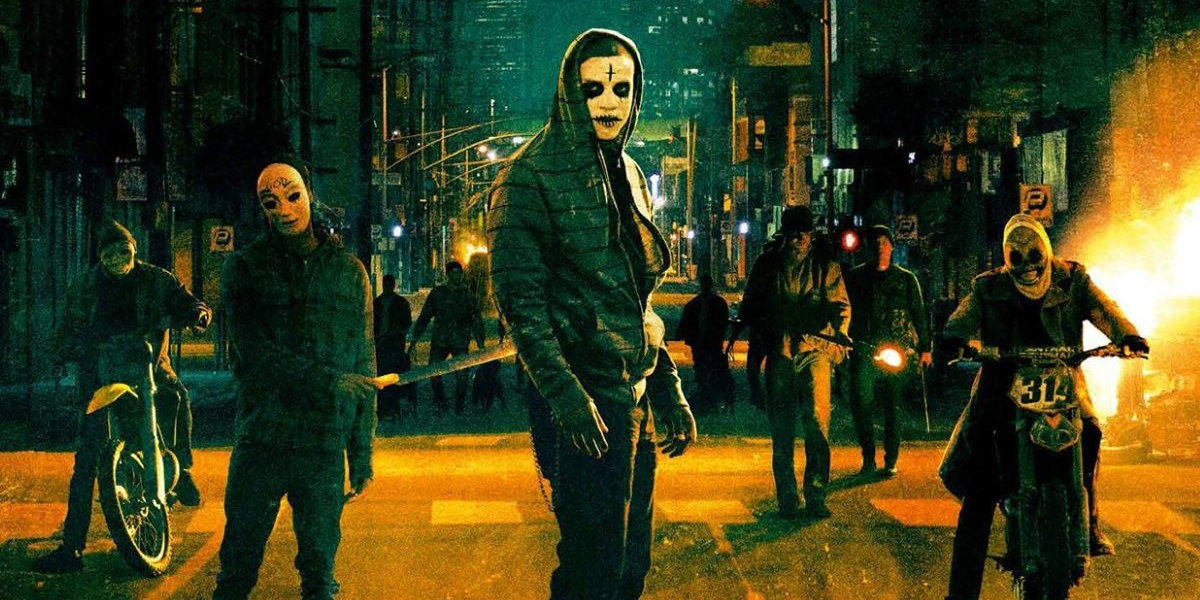Micro and Macro Analysis
Micro Aspects of Film
Codes: Individual and Unique to Media.
Macro aspects of Film
Conventions: Something shared all within the genre and platform.
Micro Elements:
- Mis En Scene
- Camera Angle/Movement
- Sounds
- Editing
Macro Elements:
- Genre
- Representation
- Audience
- Institution
Action Genre
Lighting:
Back and Side Lighting
Bright and Fiery Tones to give an strong action feeling, fiery relates to explosions and mass destruction, creates suspense and violence, keeping the audience at the edge of their seat.
Props and Camera Angle:
A gun is used in many action films, this is to connotate violence and blood.
Cameras are usually pointed towards the character especially his movements to make it seem more direct and makes the protagonist dominant throughout the film.
Characters:
Hero- The main character, their objective is to stop the enemy from doing something bad.
Enemy- Does the negative thing, for example, tries to end the world with the use of nuclear bombs.
Examples of Films:
 Pulp Fiction
Pulp Fiction
Introduced with a man and women eating in a diner, casual and quiet scene.
Medium Shot.
Its a normal mood, quiet, then its broken with a robbery from the couple.
Title Conventions:
Main Cast- Samuel L. Jackson, John Travolta and Bruce Willis, they are the main protagonists in the film.
Mirimax Films
Title Credits of Cast and Crew.
Watchmen
Introduced with a superhero punching a crooks face, shows scenes of action and violence.
Medium Shot.
An Action mood throughout, people fighting while in the background there is classic music playing.
Title Conventions:
Main cast- Malin Akeman, Patrick Wilson, Mathew Goode and Stephen McHattie.
Paramount Pictures.
Title Credits of Cast and Crew.
007, Skyfall
Introduced with a man drowning, he is being pulled down into the sea bed.
There is a dark theme presenting guns and graveyards, there is also different designs.
Title Conventions:
Main Cast- Daniel Craig, Javier Barden and Judi Drench.
Eon Productions.
Title credits of cast and crew.


































